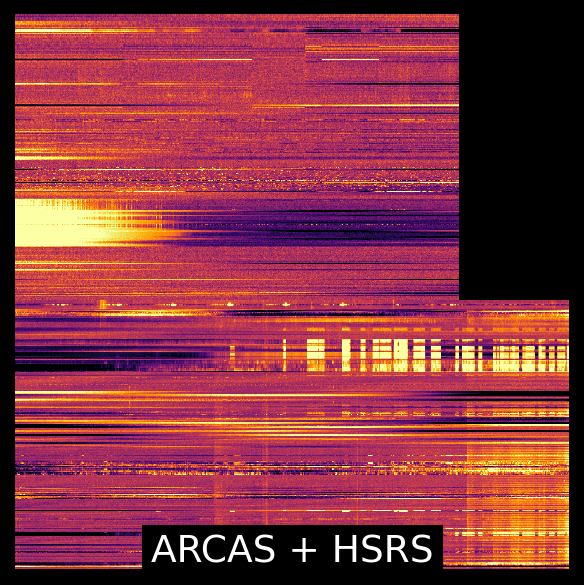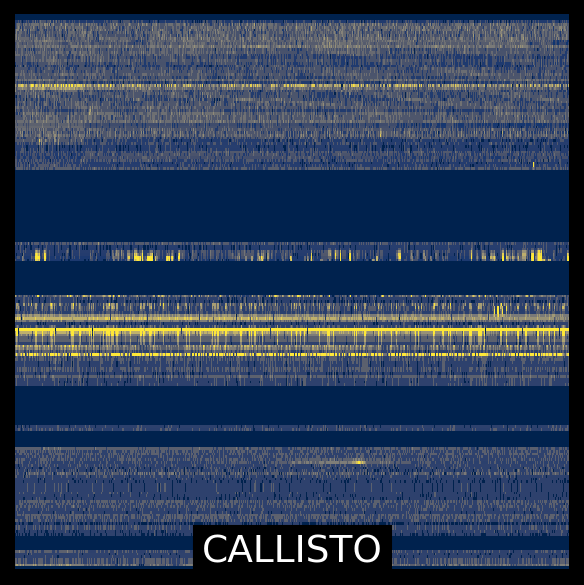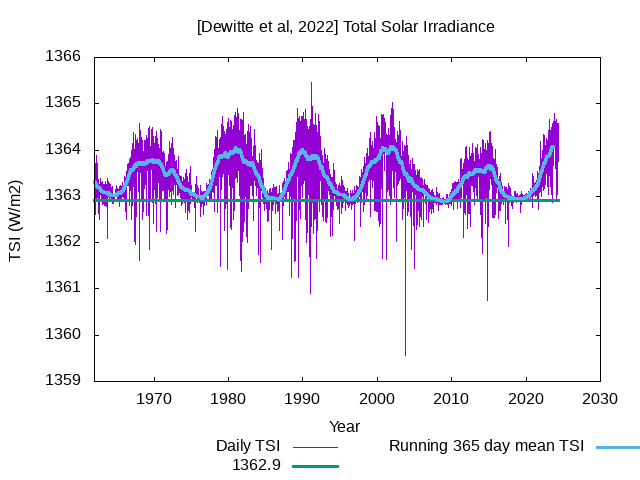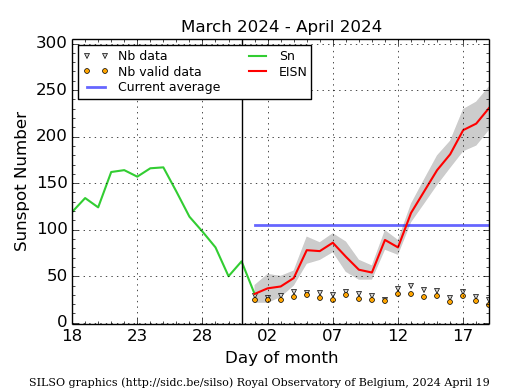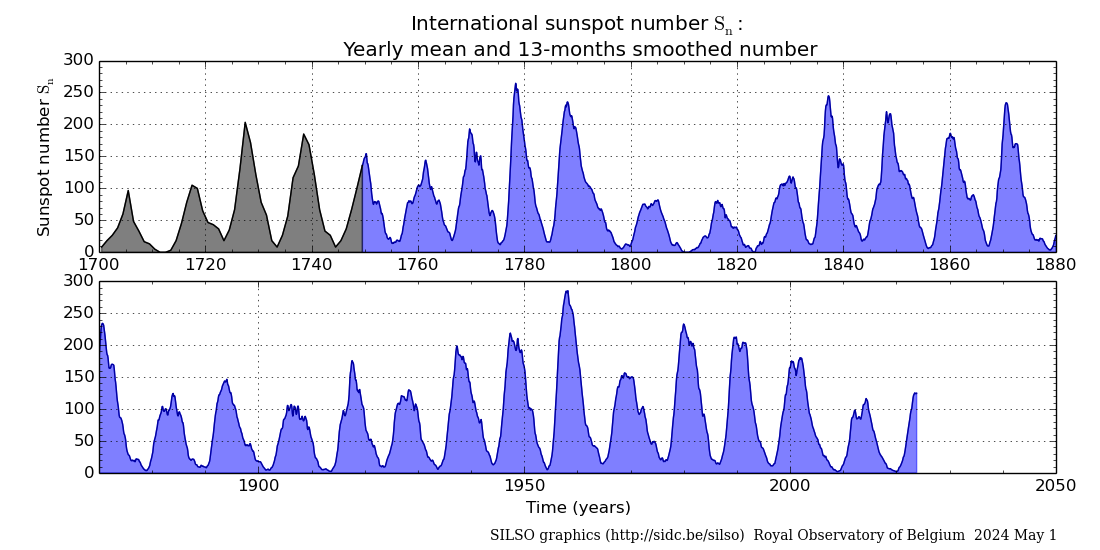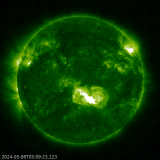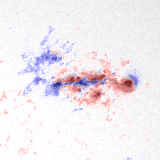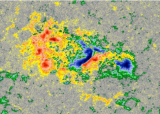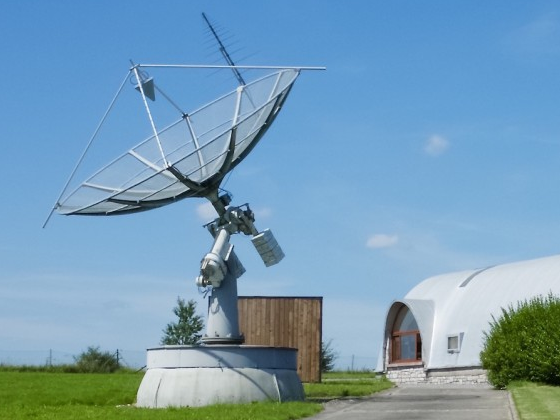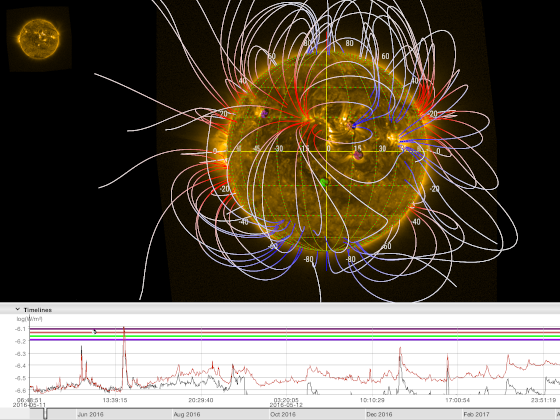The solar flaring activity was at very high levels with several M-class flares and two X-class flares during the last 24 hours. The strongest reported flares were two GOES X1.0 flares which peaked at 01:41 UTC and 05:09 UTC on May 08, produced by NOAA Active Region (AR) 3663 and AR 3664, respectively. During the flares, both source regions (AR 3663 and AR 3664) of the flares had beta-gamma-delta configuration of its photospheric magnetic field. Over the past 24 hours, NOAA AR 3663 (beta-gamma-delta), AR 3664 (beta-gamma-delta), and AR 3668 (beta) were the magnetically complex regions which produced all M-class and X-class flares, whereas other regions were inactive and stable. The solar flaring activity is expected to be at high to very high levels over the next 24 hours possibly with several M-class flares and X-class flares.
A partial halo coronal mass ejection (CME) has been detected by Cactus tool at 4:12 UTC on May 08. It is associated with M-class flares from NOAA AR 3664. It has a projected speed of about 459 km/s and a projected width of 162 degree (as measured by Cactus tool). Further analysis is going-on to investigate the potential Earth-directed components.
Two coronal holes (CH) have started to cross the central meridian on May 8, with one CH spanning 15 N - 40 N (positive polarity) and another CH spanning 29 S - 43 S (negative polarity). The solar wind from these coronal holes may enhance the solar wind environment near Earth on May 11.
The greater than 10 MeV GOES proton flux was below the threshold level over the past 24 hours and is expected to remain so for the next 24 hours.
The greater than 2 MeV electron flux, as measured by the GOES-16 satellite, was below the threshold level over the past 24 hours and is expected to remain so in the coming 24 hours. The 24h electron fluence is presently at normal level and is expected to remain so for the next 24 hours.

